Hyundai i20 N review and buyer's guide
Hyundai i20 N is the baby performance car: it's not quite as quick on the track as an i30 N, but it’s a cheaper, more mechanical hardcore driving experience. Let's see if it’s right for you...
The Hyundai i20 N is the definition of ‘hot hatch’ and it lives up to that description not just in its outright performance, but also its value for money.
It may be the runt of the litter in Hyundai’s N performance stable, but every inch of this proper firecracker hatchback, inside and out, is tailored to going hard, then promptly turning around and going home.
Hyundai Australia managed to sell 637 of these i20 Ns in 2023, which was a substantial increase of 6 per cent up on its 2022 numbers. The more people buying this little rocket-propelled hatch the better for resale value, onshore parts and dealer support, which are the three aftersales aspects the likes of Audi, Mercedes and Volkswagen don’t want you to consider when buying a Polo GTI, an A45 or an A1.
But you absolutely should care, because these are the ownership aspects you need to deal with after dropping your hard-earned cash on that dream performance car you’ve wanted to park in the garage for so many years. That’s why i20 N is here in the Best Cars section, and not those brands.
Hyundai is a far better brand to be stuck with for the foreseeable future - they even don’t seem to mind if your i20 N goes to a track (see images below). And they’re not shy about advertising that this car can handle track work without holding your warranty hostage, unlike Mercedes or Volkswagen. (
Just don’t go doing competitive racing; time attack is about as far as you should go for the sake of being conservative.) Click to enlarge:
Comparatively, Volkswagen sold about 900 Polos in 2023, but that included the more pedestrian non-performance versions, and Audi sold 462 A1s, which means as many people were interested in a hot Hyundai i20 as they were in a garden variety Audi micro car. Performance cars are supposed to be in the minority. That should show how popular this car is becoming and how compelling it must be against the notionally premium brands.
FEATURES
So, now let’s see if you can strike a relationship with the i20 N itself.
The relationship between a regular i20, which you cannot buy here in Australia anymore, and this car is like the relationship between humans and chimps. There's some DNA overlap, obviously, but only one is capable of enduring aggressive full-throttle starts, hard late-braking and turn-in response that rivals a go-kart.
This thing is a proper ground-up factory-integrated turn-key track special. I tried to break it, or kill it, over 20 laps at Wakefield Park, outside Goulburn, and I failed.
It got faster every lap as I walked it up to the edge, basically. You just break later and later, and carry more and more speed into the turns, subject to not overcooking it, and missing the apex. Honestly, the limiting factor here was clearly me.
The brakes proved unkillable, the tyres did not go off, the sump remained full of oil. These are the three things that typically kill performance cars on a race track if they're not really beefed up for that kind of driving, and I'd suggest you'd have to be a very high level driver indeed, to be able to exploit the maximum performance potential of this car at every point on a moderately fast track like Wakefield.
Wakefield's not Eastern Creek, where you're tipping the car into turn one at 200km/h, downhill. But it's plenty fast enough to kill the brakes, in particular, of most road cars - including many road cars that purport to be properly hot - but really aren't track ready.
The i-20N is not that.
It’s not that fast in a straight line - but if you buy it and expect that, you've already missed the point.
The i30N and the Kona N are fast in a straight line, thanks to the modest improvement in peak power, but which actually, in the i30N, is eclipsed by the increased rev range power curve. All of which is very impressive.
Hyundai i30 N review & buyer's guide >>
An i20N by comparison is more about the accessibility of the overall track-ready integration and the ability to tip it into corners at almost whatever silly speed (without it killing you or coming unglued); attributes for which you have to give it at least 13 points out of a possible 10.
Compared with the i30N and the Kona N, the i20N is a lot more of an analog style of car. It's got a six-speed manual only; no dual-clutch transmission, no paddle-shifters. It's old-school in terms of its engineering fundamentals, but you've got to love the rev matching, even though it renders obsolete all the endless hours which you might have spent perfecting the heel-and-toe downshift.
Computerised rev-matching is just better than you, and for me this was quite a bitter pill to swallow. But you've got to respect the facts otherwise you'd be the prime minister and nobody wants that.
Hyundai's N-car rev matching is certainly better than me, in every conceivable downshift scenario, but I suppose you can turn it off, if you want. Some of us still prefer left-foot braking and heel-toe throttle blipping.
In fact, the whole N-custom mode is brilliant for that. It gives you the opportunity to dial-in steering and suspension settings, and things of this nature to suit your own personal preferences.
There's a lot of tech on top of this car's old school hot hatch fundamentals. One salient difference though, is that the i30N and the Kona N have an electronic limited slip front diff, whereas the i20N's LSD up the front, is mechanical. That means it's kind of reactive, whereas the i30N can, in a sense, look ahead and pre-emptively engage.
That e-diff in big brother is incredible, frankly. I'm not suggesting this one is crap but you do get the performance you pay for, inevitably. More on that below…
Testament to this slick tech-integration is the infotainment display which, aside from offering a lap timer and changing colours, it even includes GPS track mapping and an in-built lap timer. I think the only Australian track that's not built in is Phillip Island, maybe because they're being sourpusses about it. As if you can own the IP of your racetrack's geographic coordinates.
If you want to learn how to heel-&-toe like a Jedi, watch this >>
And this is my overarching Advanced Driving Techniques Guide >> for wannabe racing drivers.
I'll help you save thousands on a new Hyundai i20 N here
Just fill in this form. No more car dealership rip-offs. Greater transparency. Less stress.
DRIVING
But buying a car - any car - is a big call. Once you buy it, you’re virtually locked in for quite some time, so the core question in play here is whether an i20N is right for you.
It is impossible to have a crack in an i20N on a track and not fall in love with the overall ease with which you can throw it into a corner without being concerned you’ve over-estimated its ability to handle your demands.
As you can probably see, it bucketed down, so I took the opportunity to button-off and talk to you a little bit about what it's like to drive this car the way Albert Biermann intended. It is not about being the outright fastest, but it is about having fun while committing to a respectable lap time, even if it’s a personal best. Those two things go together on a racetrack. It's kind of impossible to have fun if you're not also going fast and exploiting the limits of performance.
But there is a balance; you want the car to step out a little bit and you want to overcook it a little bit, from time to time, but you don't want it to be a life and death experience.
Push too hard in some (much more expensive) performance cars and you’ll be eating concrete, but not in i20N.
Some performance cars are like that. For example, some big fat Porsches can be like that. If you're on a race track in a car like that, with virtually unlimited, unbridled power and very little communication between in-control and lost-control, then there are consequences.
If you get it right, it's often not as much fun.
I also want to talk to you about the definition of fun, because people get that wrong. I don't think ‘fun’ driving is that loopy, giggling, powersliding/drifting thing. For me, it's doing something where there are consequences, getting on top of it and being happy with how you handled it. To me, that's what driving a performance car on a race track is all about.
I'm fairly old enough to know that I’m never going to be a race driver; I just don't have that software, but I can have a shitload of fun in a car like an i20N because I can push it to its limit from time to time, it'll tell me that we're at that limit - but when I do inevitably step over the line occasionally, I have to respond and correct it, but it won't kill me. It'll just be a supremely satisfying experience to get that all together on the track, in the moment.
That's what a car like i20N is all about.
The other thing is, you can drive it hard without killing it.
You can have a red hot go and the tyres are going to warm up. The brakes are going to work hard, but you're not going to run out of braking ability off the end of the main straight, which is frankly terrifying. I've had fun, and no brakes at over 150km/h is not fun. It’s also downright dangerous.
These kinds of things do not happen in well-sorted performance cars like this, you just drive to the track, pump up the tires, have a red hot go and then turn race mode off to drive home. It really is that simple.
The only thing to bear in mind is that obviously when you drive in this way, normal wear and tear accelerates, so if you do a lot of track driving and things of that nature, change the oil more often, check the tyres more often, you're going to need to replace them more often - but aside from that, it's not going to be blown engines, broken gearboxes and burnt rotors.
Usually, in cars with mumbo that just really aren't very well sorted out, that’s how the story goes - along with your bank account.
This is a case of ‘buy once, cry once’. You spend the high 30s or something to get your i20N on the road, DO NOT modify it (because it doesn't need it), and then just have fun with it. Keep it the way the factory built it and it'll just perform for you in this context for years to come.
You don’t even have to try to change things up for the sake of making it lighter. Hyundai has already done that.
The i20 N weighs just 1190 kilos - which really is more than half the battle if your objective is fun and endurance. It weighs less than a V8 Torana which had next to nothing in it, and this thing is jammed packed with every mod-con - and it’s bloody quick.
There’s nothing worse than feeling a performance car is being held back by an engine that is struggling to hit terminal velocity (or sufficiently wipe it off under brakes) because the rest of the vehicle is too heavy. It niggles at you like wasted potential - but you don’t get that sense in the i20 N.
This is in part because you don’t have to counsel yourself into braking earlier knowing there’s a chance it won’t pull up to make the exit clean. That’s the confidence you get with an inherently light vehicle. Why? Laws of motion.
The heavier an i20 N is moving at speed-x, the greater the proportional reactive braking force needed to avoid understeer and clip the apex.
I found the seats very supportive, which is rather an important detail on the track, and the overall ergonomics are excellent.
This is not a tiring car to drive hard and fast. N mode is accessible by pushing a button on the steering wheel, which changes the character completely. Invokes the bi-modal exhaust; the rev-matching, etc. (And happily, when you’ve had enough, you can just flick it back into calm mode, just in time to drive peacefully into your street.)
ENGINE
For the tech perves out there the 1.6 turbo is intercooled and the turbo itself is water cooled, and the engine has continuously variable valve duration, which is very sexy in a ‘total engine nerd’ context.
The 1.6 turbo petrol four with GDI delivers 150kW and 275Nm - which is pretty standard for that engine, but it’s in a very small car, so 0-100 is 6.7 seconds, officially, which isn’t that fast, but it’s fast enough for authentic fun without heading toward track car or supercar territory.
V-max is 230km/h - good to know, I suppose, if you want to lose your licence 2.3 times. Well done, over-regulated Australia.
If you want to compare performance specs with an i20 N here are the numbers you need.
The i30 N Premium with manual transmission (for the sake of parity) has a 2-litre turbocharged petrol engine making 206 kW at 6000 revs, weighing in at just 1508kg. It has a power-to-weight ratio of 139.4 kW/t
The Mk 8 Volkswagen Golf GTI weighs 1514kg (once you multiply the 50L fuel tank by 0.75kg, which equals 37.5, and add that to the tare weight of 1477lg). Its 2-litre turbo-petrol engine makes 180kW at 5000 RPM, giving it a power-weight ratio of 121.9 kW/t. (No manual on Golfs anymore, DCT only).
And the Subaru WRX base model (in manual) makes 202kW at 5600 revs with its 2.4 turbo-petrol Boxer, weighing 1537kg (using the same fuel weight calculation as the Golf). WRX gets a 135.6 kW/t.
All three vehicles use 95 RON fuel.
The i20 N has a power-weight ratio of 123.7 kW/t. So not only does it beat the Golf GTI costing $17,000 more, it’s neck and neck with its bigger brother the i30 N and the all-wheel drive beast that is the WRX, both of which cost about $4000-6000 more.
How is this possible from such a pipsqueak? Weight. Or more specifically, the lack of it.
PRICE
Click to enlarge
The price is very enticing on i20 N. It’s less than $40,000 - in fact’s $39,000 when you look at what the i30 N costs, which is about $7000 more than i30 N-Line Premium - it’s a bargain, especially in the context of European rivals like the Audi A3 and Mercedes A45 AMG.
Both of those German shitboxes will present warning lights on the dash long before the i20 N does, and they’ll charge you more for less product, and they’ll treat you with ambiguity (at best) in the service department if you present with an actual fault worthy of warranty repair.
A non-performance i20 with all the fruit once had to compete with something like a Rio or a Yaris, so it was about $25-30K. But Hyundai has managed to turn i20 into an ‘N’ having invested in the R&D on a mechanical LSD (which is less than for an e-diff), and I’d suggest they’ve made a better product than the German brands which have added too much weight to make theirs as good to drive hard and robust enough to take the heat.
The fact Hyundai’s product team here in Australia have managed to keep it below $40,000 is a miracle for a low-volume performance hatch. The factory would say they’re not magicians, but this is pretty damn compelling on a bang-for-buck basis.
Premium paint is $595 - and yes, it does come in black.
MAIN COMPETITORS
As I see it, that kind of depends on you because there's nothing intrinsically wrong with the i20N, unless you're a badge snob. Then, you might also be looking at Polo GTI, which is heavier and slower and dual-clutch transmission only, and more or less guaranteed to fall apart if you manage to have a red hot go on a race track. Polo GTI is just not designed for that.
You'll kill the brakes in short order or break something else that's kind of important to the process and, as well as torching your warranty the instant you roll it into the pits, it's going to be ugly when something fails prematurely due to accelerated wear. This is not necessarily a criticism of the Polo GTI, it's just not really designed for that kind of use. Unless you make it do that, in which case, if you expect it to hold up, it’s going to end in tears.
If you do harbour any track day fantasies, the Polo GTI will be a square peg in a round hole.
The obvious i20N direct competitor here is the Ford Fiesta ST, which is a three-cylinder turbo 1.5 versus i20N's 1.6-litre turbo-4, which is far more conventional in a hot hatch.
Which owner would you like to be? It says a lot about each vehicle if you look at how the company sells their product:
Which brand do you trust? The one with a track record, or the one whose warranty & marketing endorses track use?
The Ford demands 95 RON premium unleaded, whereas the Hyundai is going to run on cheap 91, but I suppose if you're a performance pervert, you’ll probably feed them both 98 anyway.
These two cars are as direct as competitors get in the real world; essentially my reluctance to own the Ford is twofold.
A) Ford has a poor track record, frankly, with the reliability of its performance cars - in particular, look at the Focus RS (remember that?). It was tremendously over-hyped at the beginning, when it was launched they took an engine off the rack, they wound it right up, they didn't do the R&D properly, and there was a global pandemic of blown head gaskets.
Why? Because the block has a floating deck, meaning the cylinders are unsupported at the top, so they spalled the head gaskets because they moved under extreme pressure. So naturally, the head gaskets failed. You can certainly fix a head gasket but it's much more difficult to fix an engineering culture in a major corporation where near-enough is good-enough.
B) Frankly, Ford and Volkswagen have a long track record of throwing customers under the bus whenever they think they can get away with it, no matter how legitimate the customer's problem.
Warranty
Hyundai seems pretty serious about getting the N Division right. I get the impression they really don’t want to shoot their reputation in the dick. I30 N has been deployed reliably now for quite some time, and there’s no evidence to suggest i20 N ownership will be any different. And they look after their customers.
As long as it’s not a full-on competitive motorsport race event - the warranty on i20 N is fully compatible with as many track days as you can jam into your calendar. Just bear in mind warranty doesn’t cover wear and tear, and wear rates are pretty high when you drive like that.
However, I wouldn’t buy an i20 N if, for you, it’s just about the look. Performance cars are a bit rough and edgy to drive on the road. They’re among the sharpest tools in the shed for the daily commute, and everywhere else except a racetrack.
DRAWBACKS
The i20 N isn’t horrible to drive normally - like, it does get a lot tamer and more compliant when you switch from N mode to normal mode - but it’s still intrinsically an edgy car. You’re going to feel the bumps, and you’ll be slowing down for the speed humps.
And you can’t have it in automatic transmission - it’s manual only. Something of a rarity these days, and Australia probably doesn’t buy enough of them to warrant bringing the dual-clutch transmission. But at least you’ll feel the social anxiety of stalling at traffic lights, so you’ll be forced to become a better driver.
This car is ideal for those of you who really want to get into modest track driving without spending endless days, weeks and months under the car, bolting on hot bits at considerable cost, and hoping for the best. It’s always a bit of a lottery with the R&D, doing that, and ultimately it is an expensive game.
All of that hard work has already been done for you with i20 N, with considerable engineering attention to detail, by dudes who really know what they are doing. And with the resources to prove it.
I’m not criticising you, if you want to make like Mighty Car Mods, they’re legends, and building your own track weapon can be enormous fun. Go for it. You just don’t really need to do that in the case of i20 N.
If it’s more about the performance driving for you, than it is about building the bespoke performance car, here’s an out-of-the-box solution that’s really well supported and brilliantly executed, and if you start with average driving skills, you can progress to the point where you’re easily in the top one per cent of all drivers with just this one car.
If you can be on top of an i20 N, everywhere on a racetrack, you are a highly capable driver. And it is such grown-up adult fun, being on top.
I get it if you want to spend your downtime fitting new diff centres and lowered springs and beefy brakes and aftermarket turbos with humongous intercoolers and sorting out all the niggly integration R&D to make it all work together - there’s nothing wrong with that - have fun.
But the i20 N is not the base car to start with. You’ll probably just make it worse, at considerable expense.
Hyundai calls the five drive modes the ‘N Grin Control System’ and it calls the diff the ‘N Corner Carving Differential’.
It needs to be said, these are frankly absurd names. Obviously they’re attempting to be fun and quirky, but I’d suggest what they’re actually doing is trivialising a technically competent and credible system. It’s just a bit juvenile and silly. Adults who can afford an i20 N probably don’t find it that amusing, just a bit lame.
Would I change anything with i20 N? Or is it perfect?
Playing fantasy cars is a real thing. We all want this bit of that car, and that bit from this car, all wrapped together to build ‘the perfect car’. But of course, this is a pipe dream, it can't happen, the perfect car's never going to exist.
But if I possibly could, if I had one shot to fire at i20N to change it - I'd get the e-diff out of the i30 N and the Kona N and I'd be developing and tuning it to work in this thing. That would just make it a Jedi car.
If you’re hoping to take your spare tyres to the track, you’ll want to put something down over the rear seats, because you’ll be using them in conjunction with the tiny boot to carry spare rubber, a jack, tools and axle stands.
WET WEATHER PERFORMANCE
In a performance car it tends to be a somewhat narrower line. And in the wet, the outright level of grip diminishes, because water is a lubricant, obviously. But in the wet, the width of the line also shrinks, and it was a pretty narrow line in the wet, on the track, in the i20 N prototype.
What I’m saying is, you have to be on it, mentally, in the wet, because the transition from grip to slip is abrupt. The production tyres might change that. And they might change that a lot. And remember, I’m talking about driving in heavy rain, at the limit, with a layer of water on the road, not just a damp track.
Driving up to the limit is kinda fun, especially in the wet - provided you don’t bend your car. But in the dry it’s very different. The i20 N is so chuckable, it’s hard to throw into the weeds. But remains lots of fun. Overall, this car is fast and punchy, and not intimidating in the manner of an M3, or similar sedan supercar.
DRIVELINE
During my track test it got quite hot in the afternoon, too, and the tyres and brakes both copped a real, sustained workout. As did the powertrain. And I have nothing but positive feedback to report there. Brake endurance is very good. The car got kinda warm overall, because I was thrashing it - but it didn’t croak in the manner of some Volkswagen or Alfa-Romeo.
And I didn’t have to back off in order to preserve the car (in the same way I didn’t have to dial it back in the i30 N, either). So that’s nice.
Those corners come up pretty quick which means as you go faster and push harder, you increasingly have to learn what your little i20 N can do, where that limit is and focus on your braking points, your turn-in points and become attuned to where you need to apply power. There’s also some engaging elevation changes as well.
The big difference between i30 N and i20 N is in the e-diff which you’ll find on the i30 N (hatch and Fastback). In little brother, the i20 N, it’s mechanical. The primary benefit of the e-diff is it can use a bunch of inputs (like throttle position, speed, steering position and yaw rate) to engage pre-emptively. It can extremely accurately predict what the car’s about to do next. Whereas a mechanical LSD relies on a mechanism like a clutch to be engaged when two driveshafts turn at different rates.
And this means the e-diff can be oddly clairvoyant, in its activation. If this were a gunfight, the e-diff would draw its weapon before the other guy even makes a move. A mechanical LSD is always reacting to wheelslip, so it’s always drawing its weapon after the fact.
CONCLUSION
Both of Hyundai’s differential systems in the i20 and i30 Ns respectively allow you to get on the gas earlier, compared with an open diff, on the way out of a corner. They’re a bucketload of fun in both cases. But an e-diff is better and would’ve made this car properly uncanny to ‘corner carve’. Perhaps next time.
It would’ve been good to see the ‘N Corner Carving Differential’ and ‘N Grin Control System’
There’s five driving modes: Normal, Eco, Sport, N and N Custom. You probably won’t be using Eco all that often and N Custom is pretty good because you can tailor its raucousness to suit whether you’re off your meds or not.
Happily, you can turn the ESC completely off, with options ranging from fully-on and fully-off (self-explanatory), to ‘sport’ which offers somewhat less ESC intervention, but will still step in if you get into serious trouble.
But even in ‘normal’ the i20 N makes mundane driving that little bit more exciting. The production tyres are special Pirelli P Zero 215/40 R18s and will offer virtually no insulation from kerbs, speed humps and will roar on the freeway. But that’s just the price we pay for such performance.
The chassis got lots of bespoke reinforcement from the original i20, and there’s a full safety suite. You get onboard performance driving data logging - but no stupid name for that. They just call it a ‘Performance Driving Data System’ - proving they can get this kind of thing right, albeit occasionally.




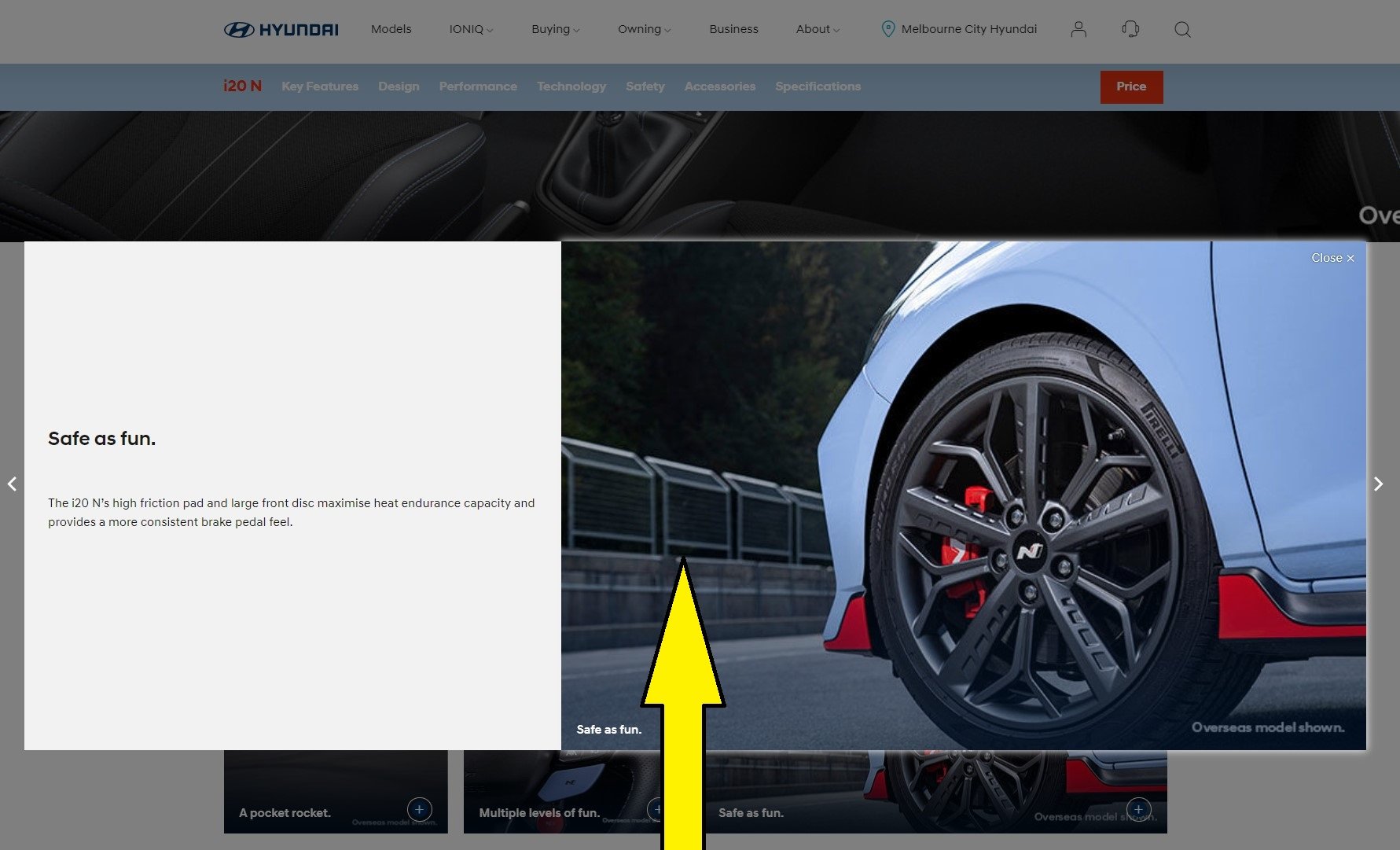

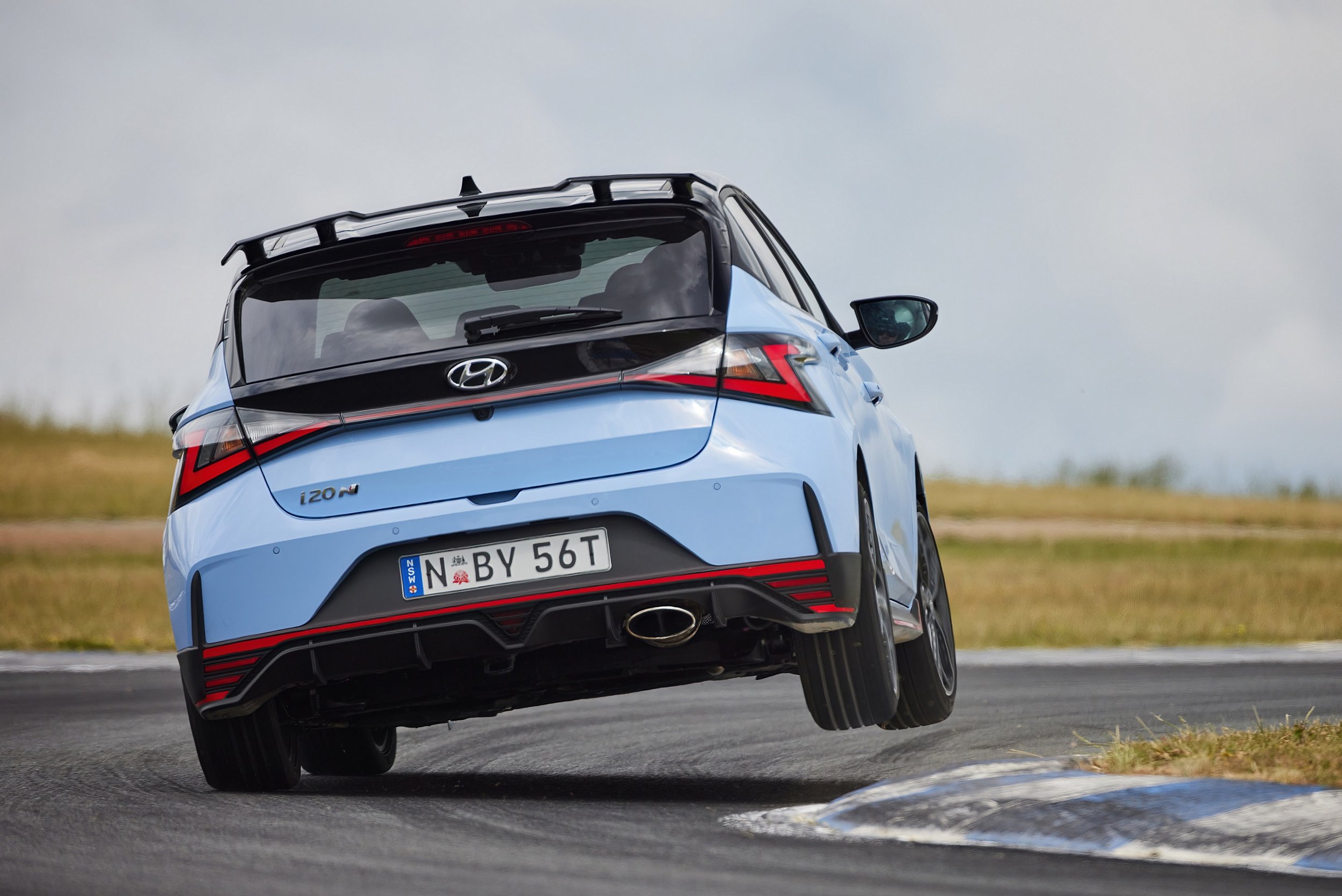

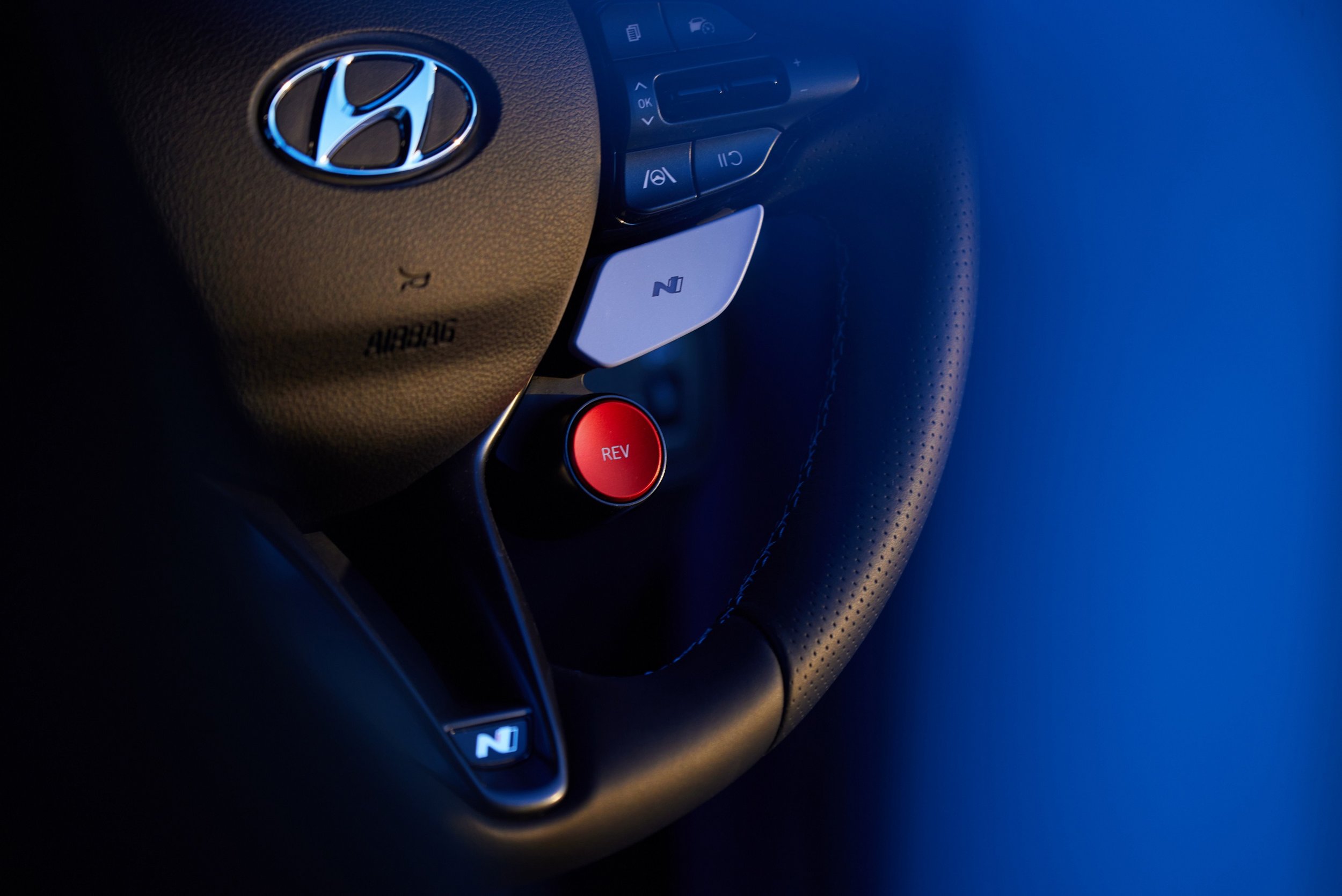

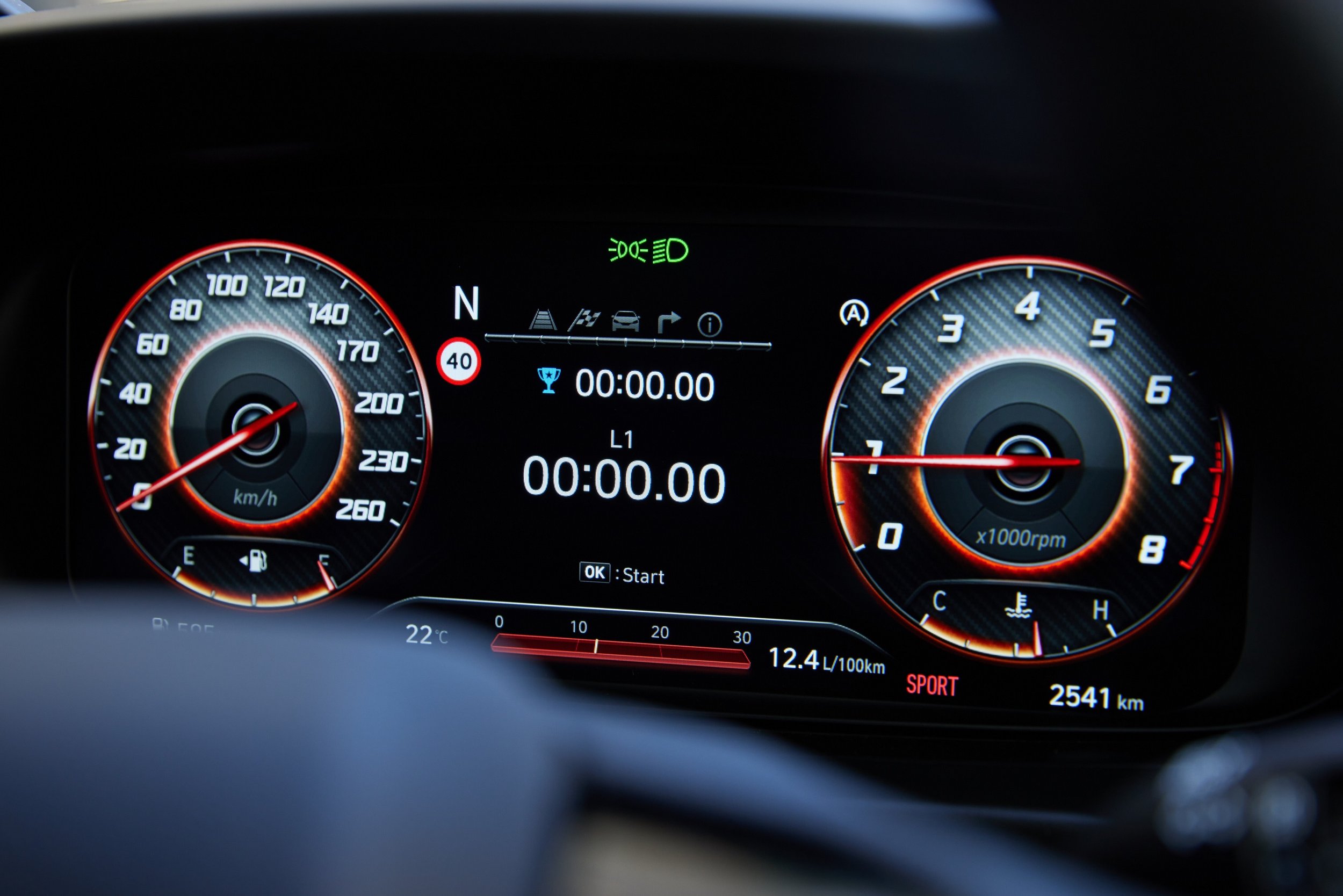
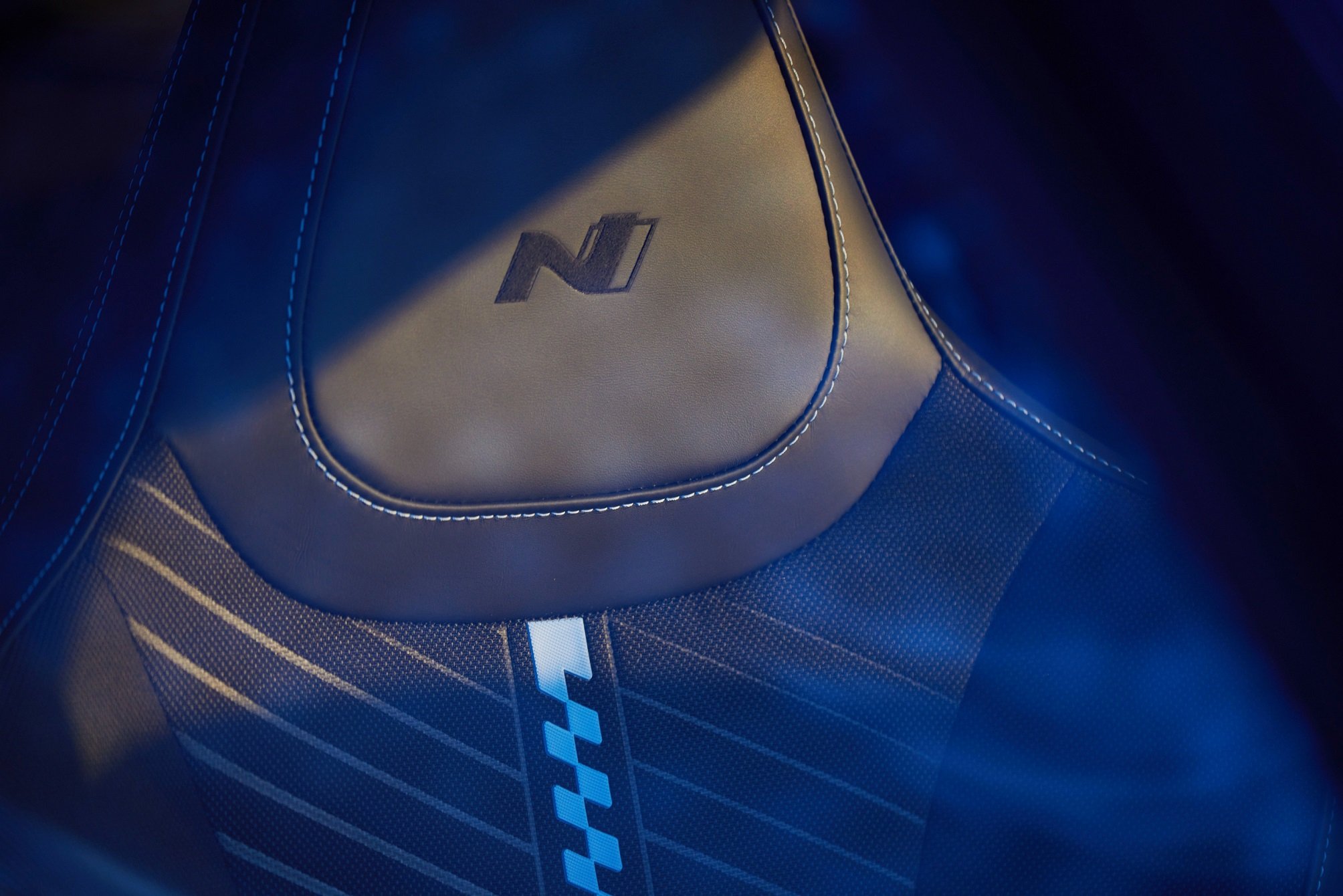
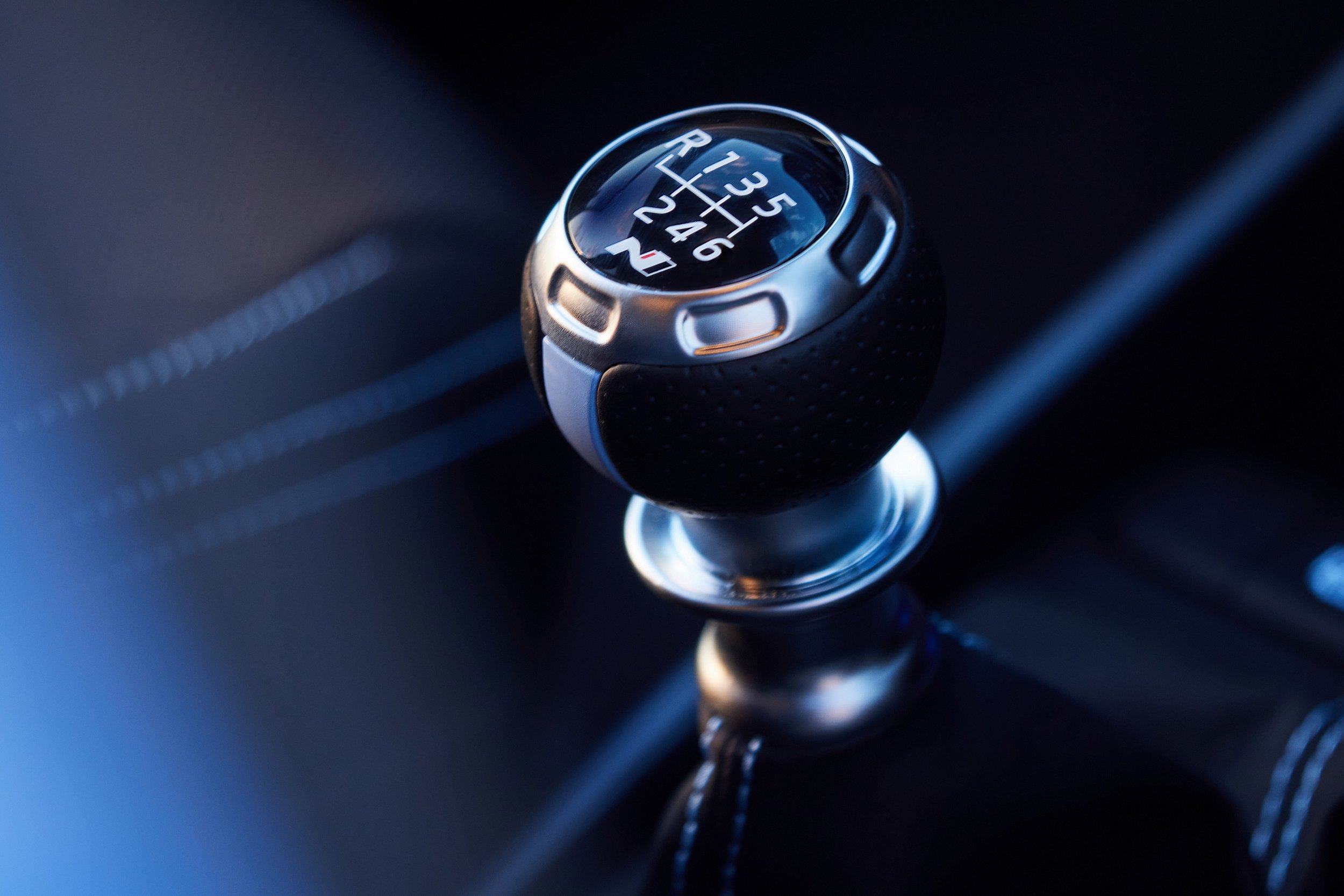




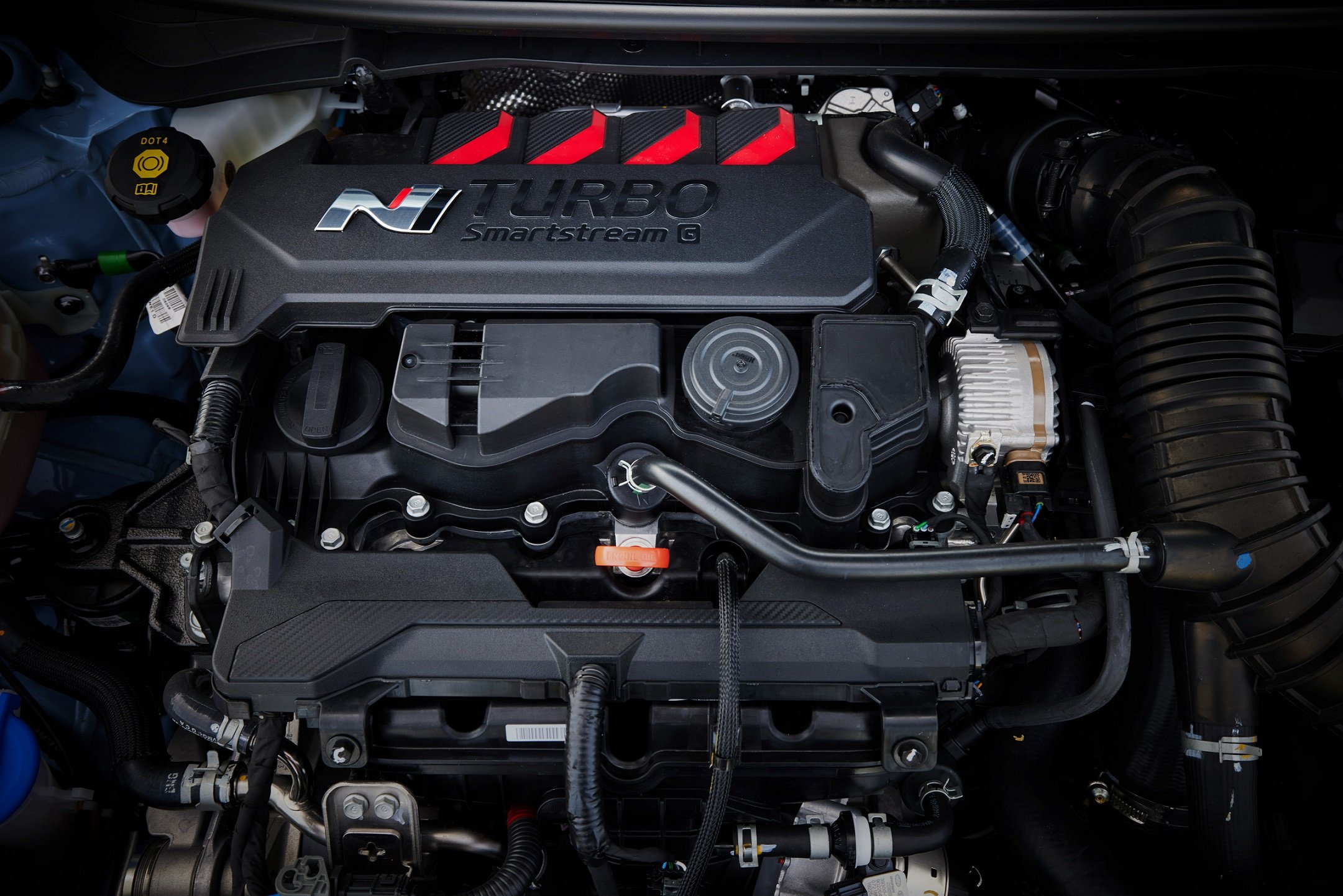
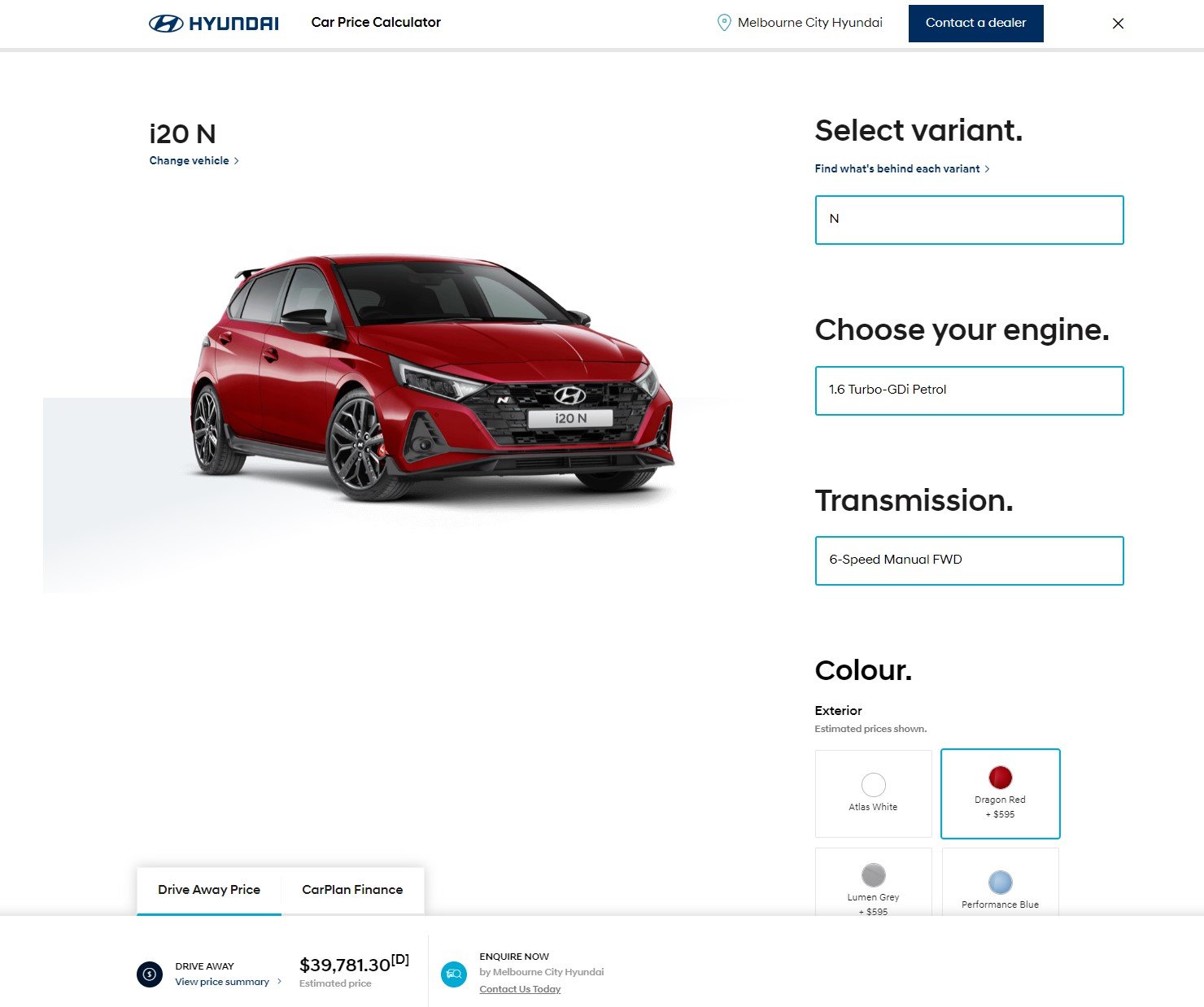


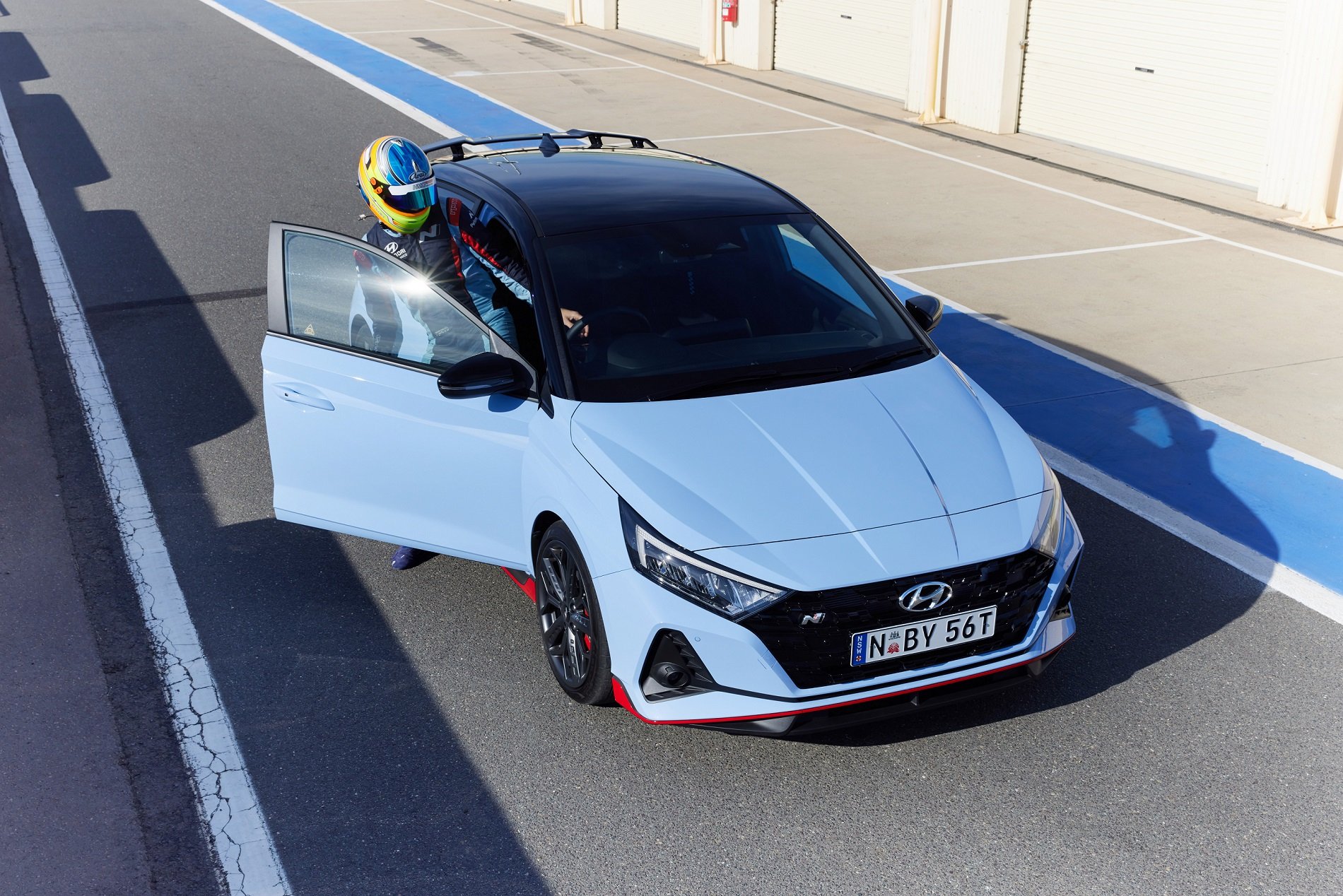
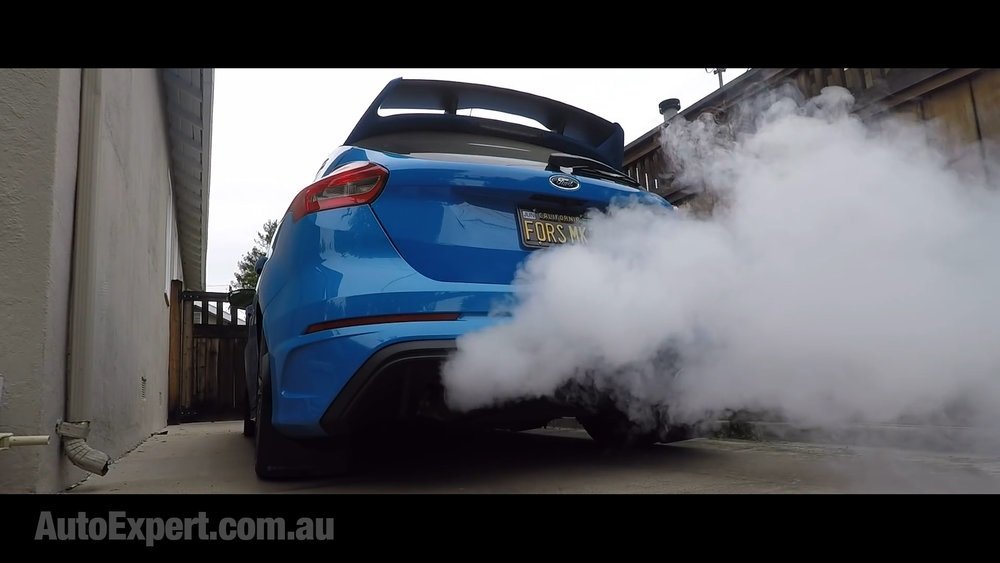
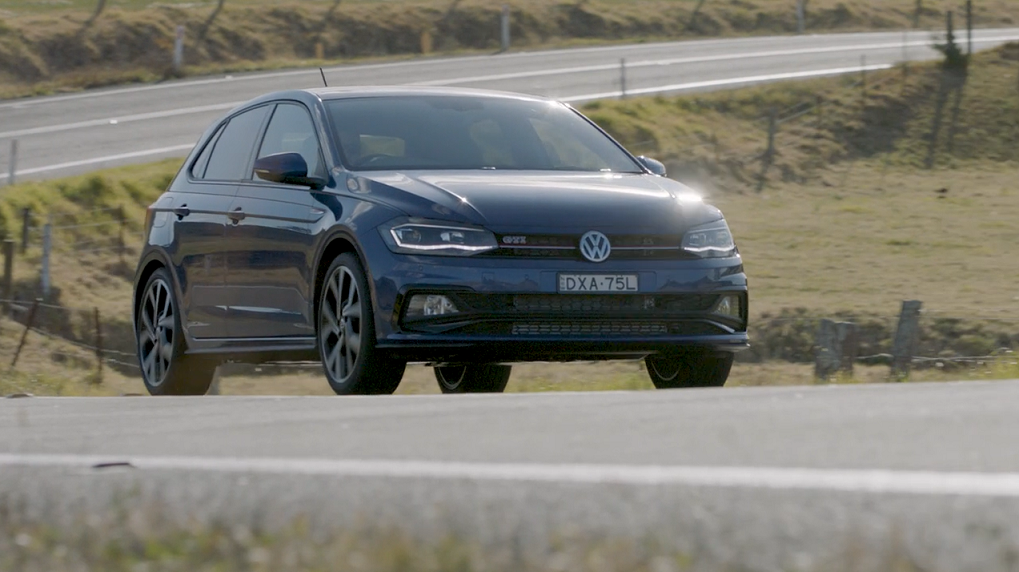
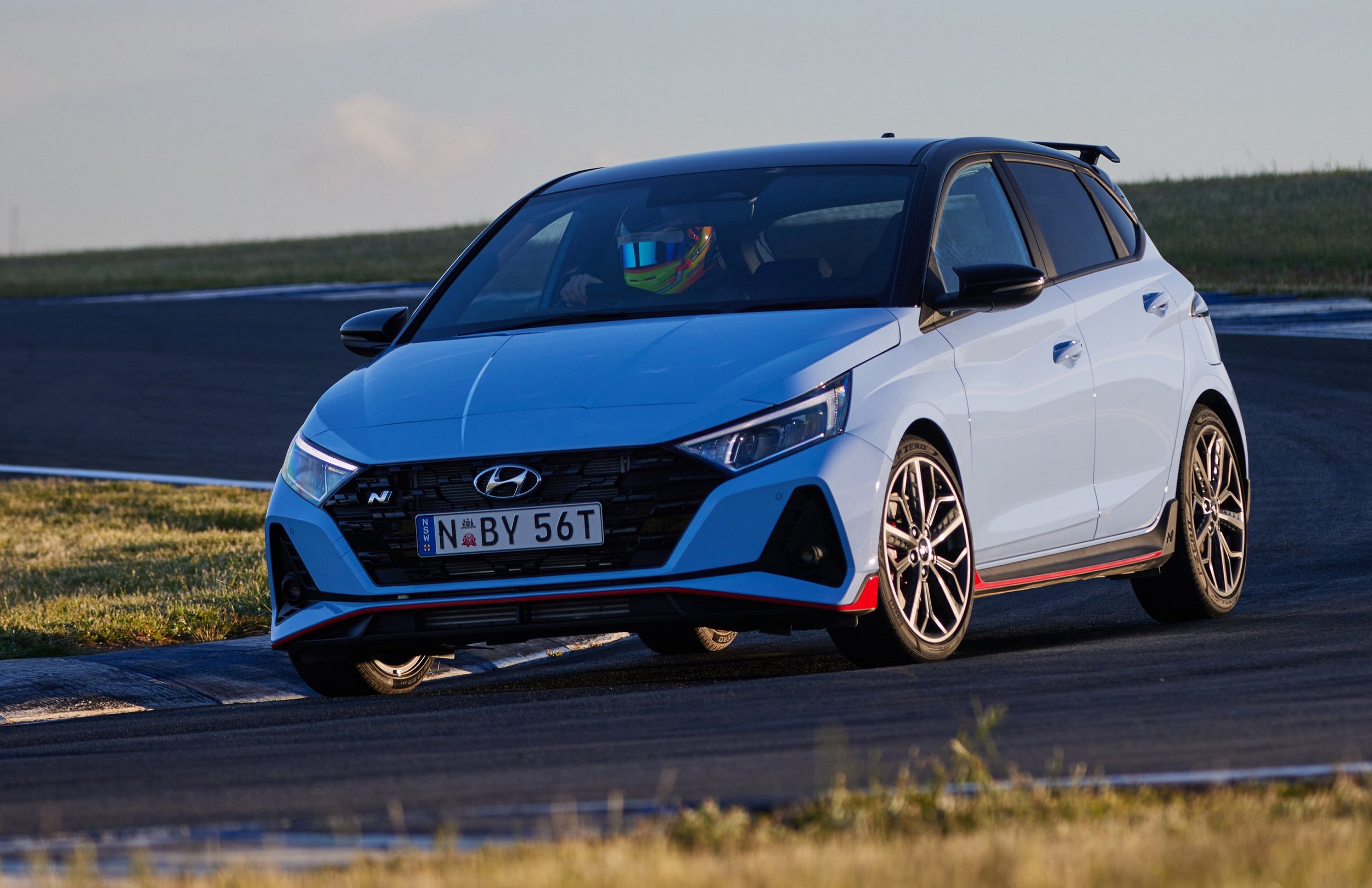

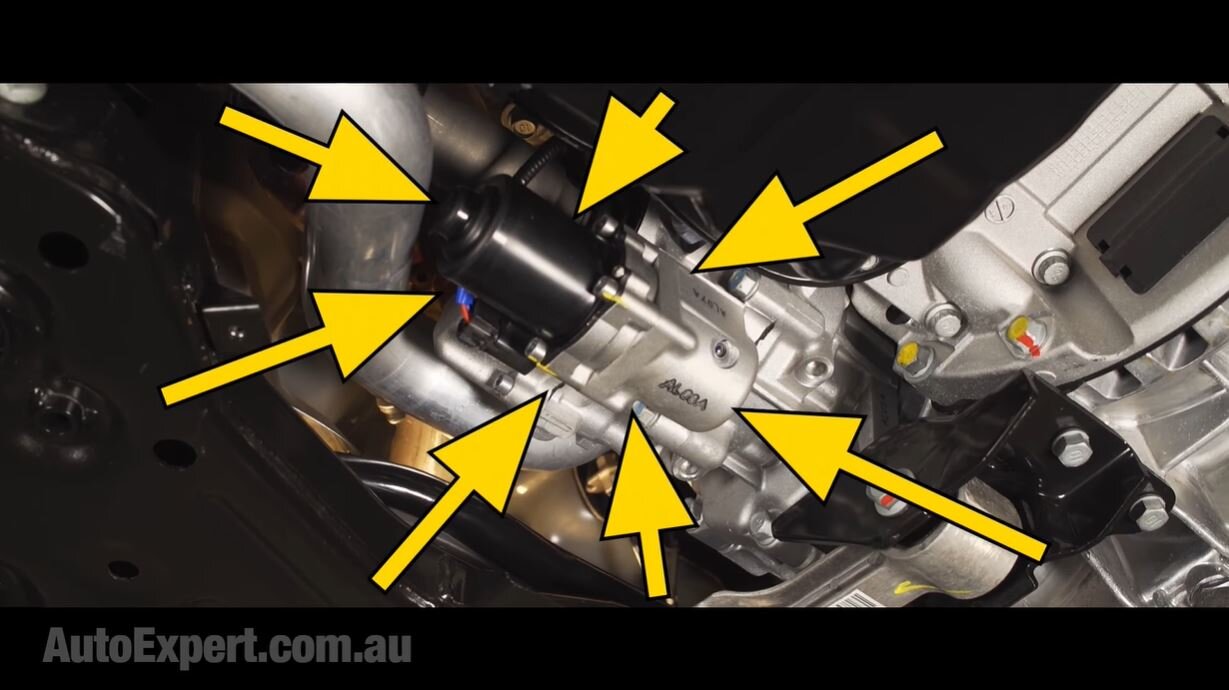
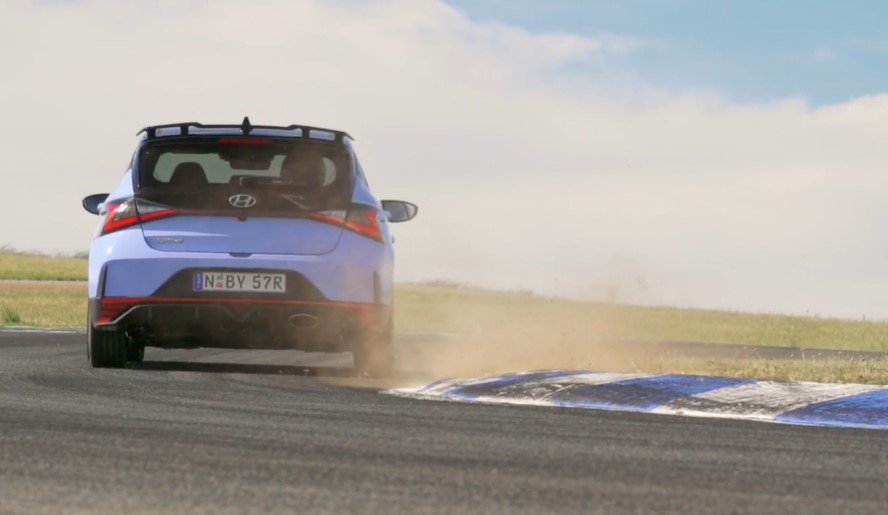












The 2026 Ranger Super Duty promises bigger towing, more payload, better off-road credentials and an even bigger price. But can Ford improve the ownership experience and general reliability?